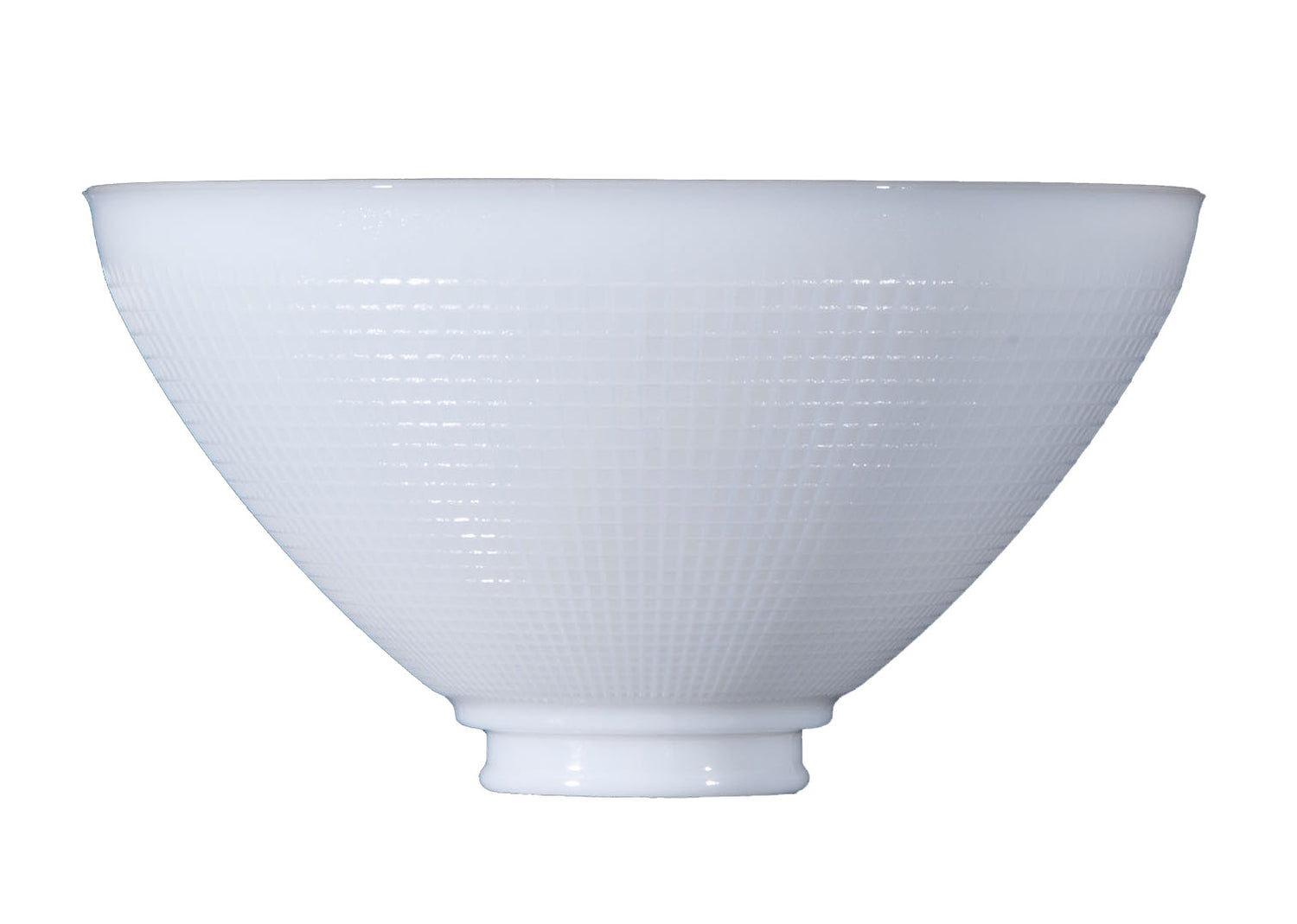There's nothing quite like a good bargain on an antique lamp. Today, you can find old-fashioned lamps at auctions, estate sales, flea markets, and other places, but you can't always count on as-is condition. Your old lamp might only need a little elbow grease and maintenance before its restored to its former glory. Antique Lamp Supply has over 60 years of experience in the lighting business, so we know a thing or two about lamp repair and restoration. This guide will explain how to clean antique lamps depending on the degree of grime or corrosion.
How to Clean Antique Lamps
Even the most unfortunate lamps can be made beautiful once again with a little bit of tender loving care. Old lamps require regular cleaning and maintenance, but the materials you use to clean your lamp will depend on the material the lamp is made from. Lamps made of glass can be cleaned with ammonia-free cleaners or polishes. Lamps made of stone or painted material can be cleaned with a wax or furniture polish that features a lemon-oil base. Lamps made of metal should be cleaned with a transparent wax polish or warm, soapy water. Allow the lamp to dry thoroughly.
Grime: Most kerosene and oil lamps are made of brass, which is quick and easy to clean. Avoid damaging the patina by using a liquid car cleaner. Simply follow the product instructions, wipe the cleaner off with a lint-free cloth, and let the lamp dry completely. Using a soft toothbrush, remove any traces of cleaner from the corners and edges of the lamp's components. Fill the oil reservoir with boiling water and a squirt of detergent. Let the lamp base sit for approximately an hour and pour out the water. Repeat the process as needed. Soak the globe or chimney in a basin of water and detergent for several minutes. Scrub all the components with a bristled brush.
Rust: Floor and table lamps can develop rust when exposed to humidity or moist conditions. Any kind of oxidation should be treated to prevent further problems. You can eliminate signs of rust by rubbing the lamp with an abrasive, but steel wool and other abrasive materials may scratch the delicate surface of an antique lamp. In its place, you can use acid, vinegar, or common household products to dissolve or remove rust stains with ease.
Disconnect the light fixture from any source of electricity. You can remove rust from the antique lamp by using a clean rag or immersing the entire metal base into a solution of vinegar. If you decide to soak your antique lamp in a vinegar solution, it is important that you strip it completely before proceeding. Remove the lampshade, lightbulb, and electrical components so that only the metal base remains. Unscrew the lamp base to disengage the socket as well as the wire terminals to remove the wire from the bottom of the lamp. Fill a plastic container with enough vinegar to submerge the lamp completely. Saturate the solution with salt until it is dissolved to fortify the vinegar and make it work faster.
Let the lamp soak for several hours but you should check on it every hour or two until the rust is gone. Neutralize the vinegar with an alkaline cleaner by combining two tablespoons of baking soda, a gallon of water, and one ounce of dishwashing detergent. Apply the alkaline solution liberally with a sponge and rinse. Alternative ways to clean your antique lamp include lemon juice with cream of tartar, toothpaste, metal polish, or car wax. Cast iron lamps can be tricky to clean, but you can beat the rust by using sandpaper to rub any affected areas. Just follow each area you clean with a dry cloth to remove any residual particles. Scrub the lamp base with a solution of water and gentle detergent. Let the lamp dry completely once it's clean.
It's never a bad idea to create a cleaning regimen, so your antique lamp doesn't slip through the cracks for months at a time. With regular cleaning and maintenance, you can keep your old lamp as good as new. Don't forget that some metal lamps of advanced age can take on a permanent patina that's dark green, brown, or black in hue. So long as there is no deterioration of the metal itself, you should not disturb the natural patination. If you have any questions about this guide or would like to learn more about the cleaners, cloths, and polishes in our selection, please contact us today to receive expert assistance from a member of our courteous staff.

